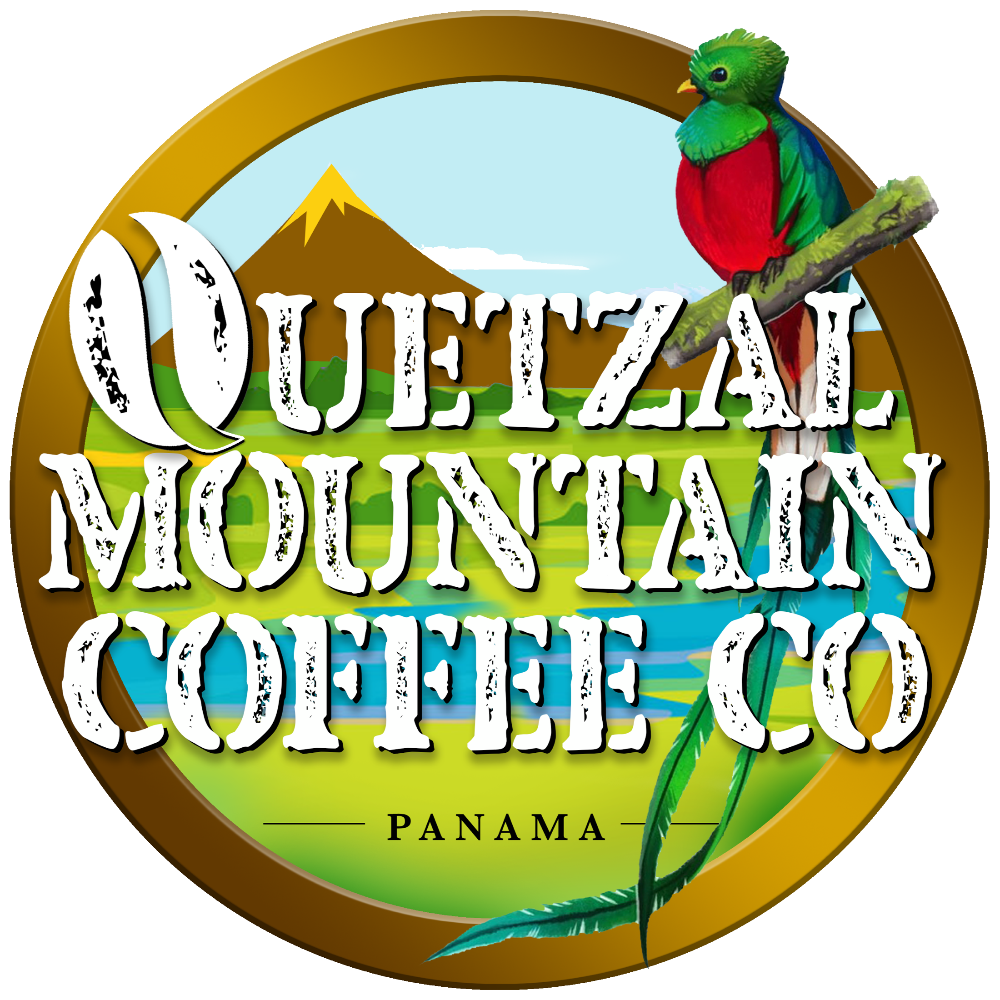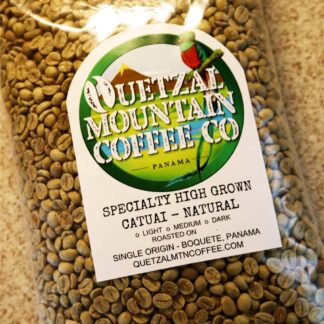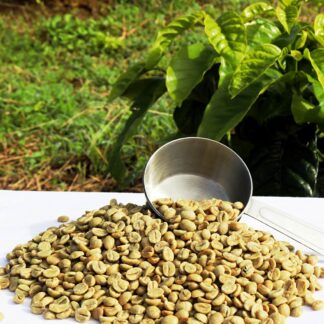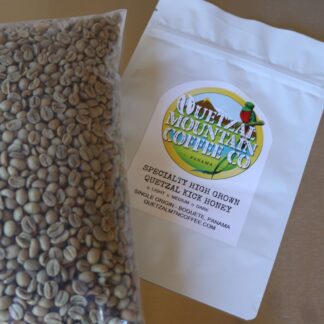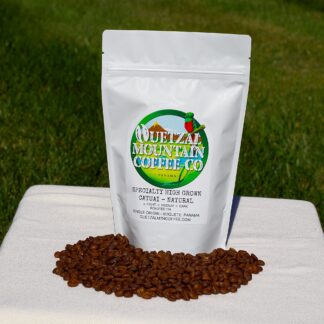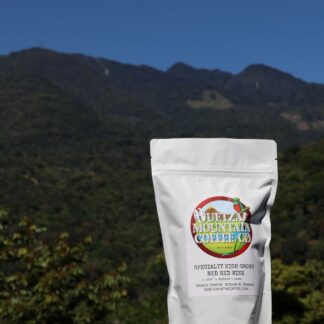Panama is minuscule on the global scale of coffee producers. Each year the whole country exports a similar quantity to just one of Brazil’s larger farms. Panama has been known however, particularly in the last 15 years, to have produced some of the world’s finest coffees. Panama’s reputation in the specialty industry now far exceeds its fairly slender offering in terms of quantity. Many of the award winning varieties are being produced in the highlands of Chiriqui province, on the slopes of the Baru Volcano. In particular, Geisha, Catuai, Pacamara and Bourbon varietals the area has become renowned for, are some of the highest priced specialty coffees available to the coffee world in their classes.
Quetzal Mountain is in a unique terroir, with a micro-climate that has to be seen to be believed, on the south-eastern slopes of the volcano Baru. With rich, dark volcanic soil and an abundance of both sun and rain the coffee trees are amazingly strong, healthy examples that need very little assistance to flourish. The winds blowing over the mountains from the north often create a fine mist at the farm that acts as a huge air conditioner slowing the ripening of coffee cherries and contributing, ultimately, to a sweet and complex cup.
The majority of fertilization is all natural and coffee is processed on the farm using 100% renewable energy. Everything that can be done using natural means and methods is done that way. The coffee cherries are all picked and sorted by hand, from the pickers to the cleaning, sorting and processing – there is no heavy equipment involved and all the beans go through several sets of eyes and hands during it’s journey through the farm to ensure only the cleanest, ripe coffee cherries make it to the bag.
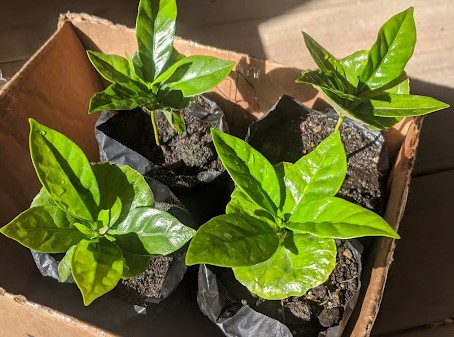
Being a newcomer in the arena, Quetzal Mountain Coffee Co began with a vision of a small, boutique finca starting with planting new, high quality, locally sourced saplings of the Catuai variety. This is a varietal the finca was known to produce going back decades. It is sturdy, performs well at our altitude and is best known in the region for its resistance to some of the diseases and bugs that can obliterate weaker coffee plants. Catuai is distinguished by a fresh fragrance, superior cleanliness, notes of berries and chocolate and having a citrus like finish with favorable acidity. It culminates with a refined and clean aftertaste making for a very enjoyable cup.
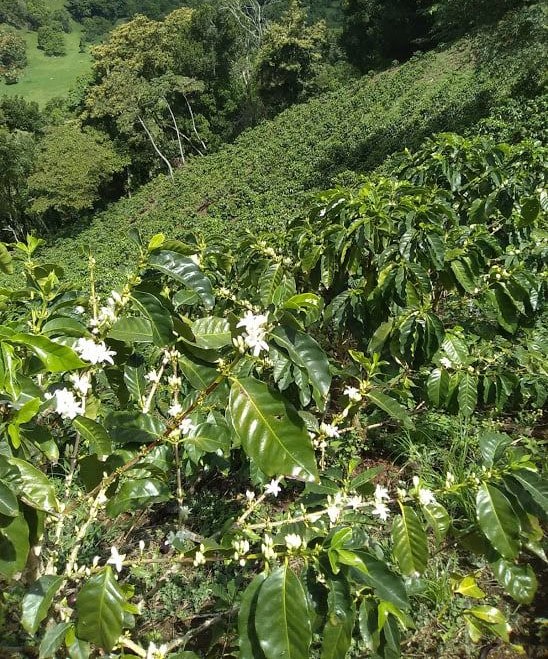
Lately, there have been signs that a Catuai renaissance could be taking place. In 2019, many Catuai varieties have earned outstanding scores, were placed on lists rating the world’s best coffees, and were awarded the Cup of Excellence for the past two consecutive years in Brazil. Catuai can have a variety of attributes and sensory qualities depending on how and where it was produced and processed. It has several descriptors: chocolate, caramel, caramelised sugar, honey, almonds, and spices like nutmeg, green peppers and sweetgrass. It is recommended that it undergoes a light to medium roast to bring out its best qualities.
The Processing
What does it take to get coffee in your cup every morning? Most of us don’t know much about the cultivation and processing that goes into your morning cup before it is even roasted, ground and brewed. But the truth is your coffee has gone through quite a journey before it reaches you.
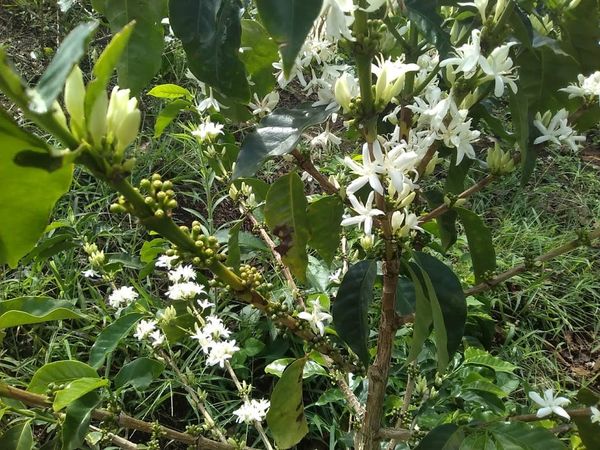
Coffee beans grow inside cherry-like fruits on trees. Just like regular cherries, these coffee cherries have pits. Each pit usually contains two seeds, which are the coffee beans. Each year’s crop starts with the flowering of the coffee trees which occurs during the months of March and April. The number of flowers on the branches are a premonition of the coffee cherries to come. The fragrance of the coffee flower is intoxicating and smells of jasmine and citrus. The peak bloom only lasts for two days. Tiny green cherries appear where the flowers once were. With proper care and nourishment, the cherries fully develop and as they grow larger and eventually turn a bright red color.
Once the harvest season begins, we ensure only the ripest, fully-developed cherries are picked. Since coffee ripens at different rates on each branch, it must be hand-picked guaranteeing that only the choice cherries are harvested. Not only do the pickers decide which are ready, the cherries are again sorted once they reach the drying house. Here the cherries are either dried, or the beans are extracted from the cherries, depending on the process being used. The separation of beans from the cherry is more complicated than it sounds because coffee cherries have many layers: silver skin, parchment, pectin, pulp, and outer skin. The removal of these layers is all part of the processing.
There are basically three different types of processes:
Fruit Punch Natural: Our Catuai cherries are floated in water to select the densest and ripest cherries and remove any not at their peak. They are then naturally dried on raised beds for approximately 22 days where we turn them by hand at least twice a day to provide ample sun. They are checked for moisture content and dry milled once it reaches 11%.
Quetzal Kick Honey: Our Catuai cherries are picked at precise ripeness, floated for density and de-pulped by removing the skin and some inner layers. They are then stored in tanks for 2-3 days, depending on the process to be achieved. Once fermentation has begun they will be set out to dry on racks until they reach 11% overall moisture content. The beans rest in sacks for a minimum additional two weeks before dry milling to leave only green coffee beans.
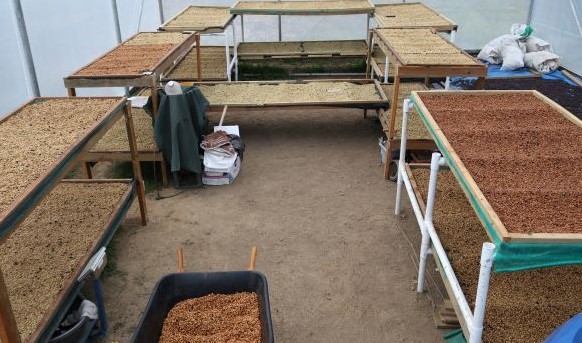
Mountain Smash Washed: Our Catuai cherries are picked at peak ripeness and floated for density. The cherries then go through a depulping process where the outer skin is removed. The seeds are once again floated through a water channel to remove the less dense coffee beans. They are then stored in tanks with a small amount of water to begin the fermentation process which creates enzymes that break down the mucilage or inner layers of the fruit. The beans, as with all others we grow are naturally dried on racks until they reach 11% moisture content.
